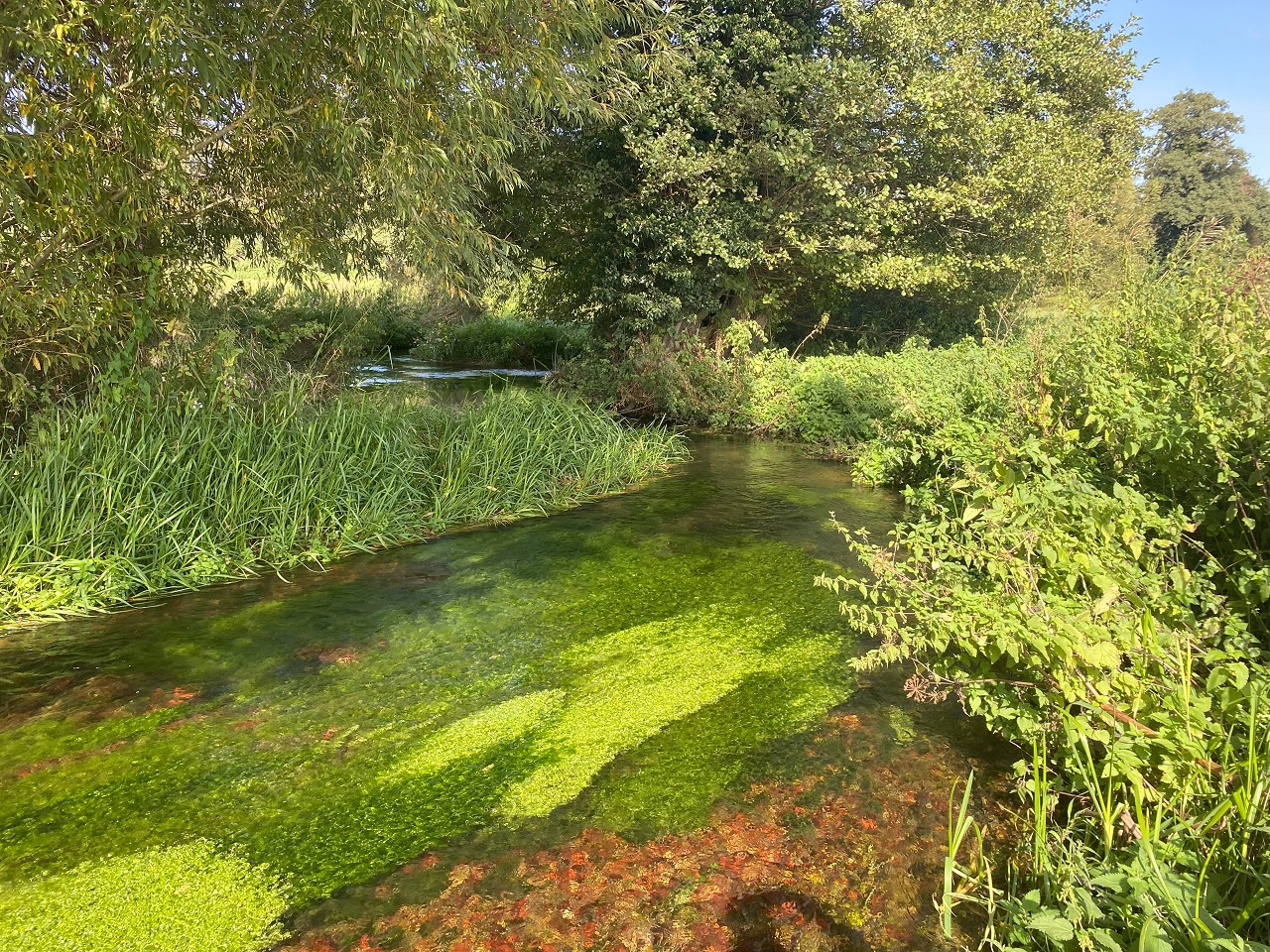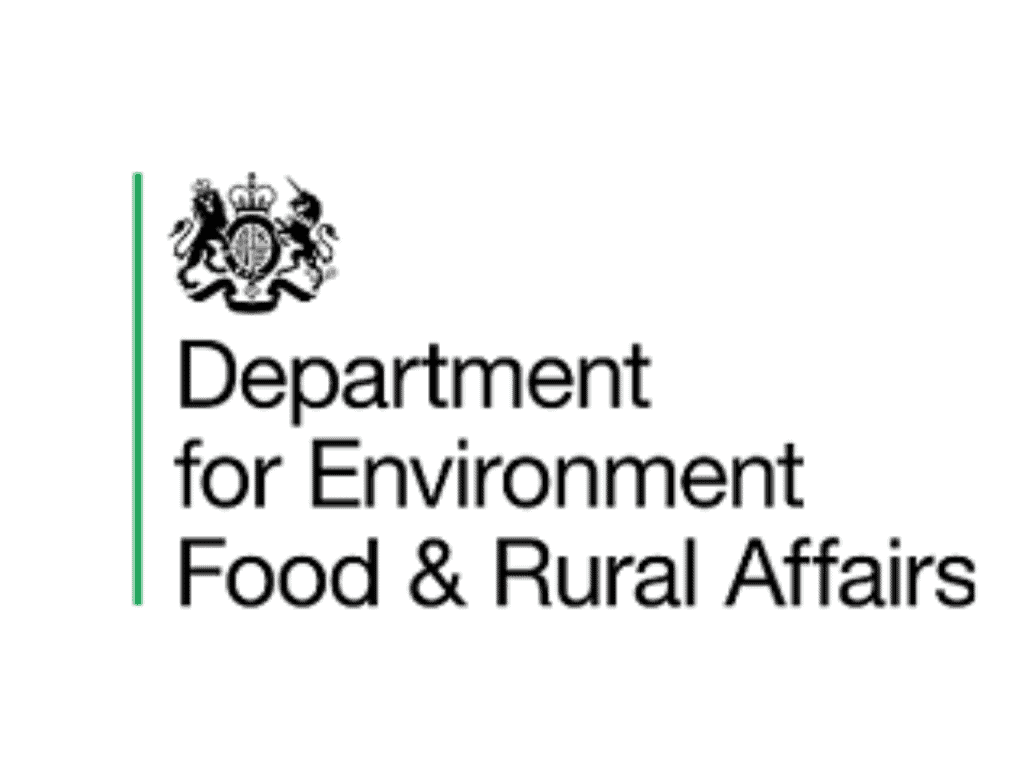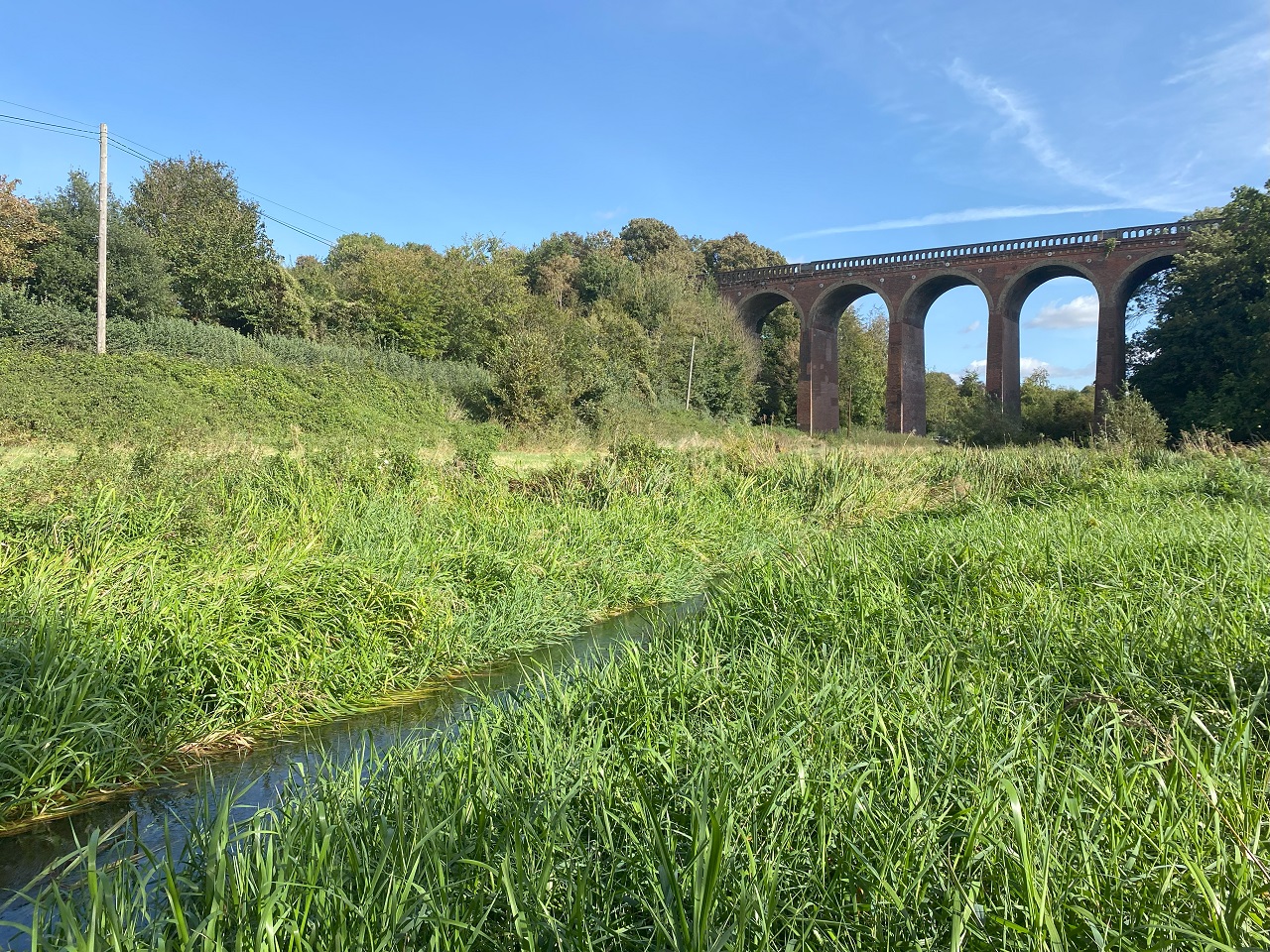
The Darent Valley Landscape Recovery project brings together farmers and NGOs to implement a radical, large-scale approach to delivering environmental and climate benefits across the River Darent and the Darent Valley.
When it was announced that the Common Agricultural Policy would give way to the Environmental Land Management Scheme (ELMS), the Darent Valley Farmer Cluster recognised the opportunities presented by a joint approach to land and river management.
The cluster of 17 farmers using 4,000 hectares of land for arable, livestock and horticulture crops are now working together in partnership with the Kent Wildlife Trust and the South East Rivers Trust on one of 22 Landscape Recovery pilots in England.
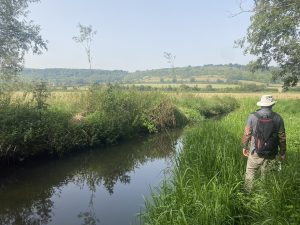
The first two years of this DEFRA-funded project focuses on scoping opportunities for river restoration, good environmental land management and identifying potential payments to landowners in exchange for delivering these works, then managing them for public benefit. This means payment for ecosystem services such as flood risk alleviation and improving water quality or habitat provision.
SERT is scoping out the changes that could be made and then working with landowners to design shovel-ready projects that will enhance the environment for nature and people.
The Landscape Recovery pilot partners will then help farmers seek funding from businesses which have an interest in water-related issues, such as councils, water companies and developers.
The project will draw on many techniques SERT has developed, from natural capital mapping to catchment planning.
How Landscape Recovery will help the Darent
Running from Westerham on Kent’s border with Surrey to Dartford, the Darent is one of about only 210 chalk streams in the world. It should offer clear and cool water that supports an abundance of wildlife. However, historical modifications have left it over-straightened and fragmented: there are 51 barriers to fish being able to pass along the river network.
Our elements of this work will examine:
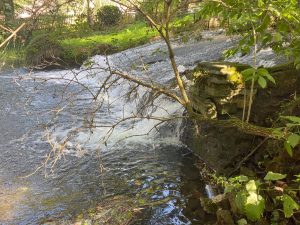
The ecological connectivity of rivers:
The many barriers, such as weirs, stop fish and eels moving up and down the Darent from source to sea. Fish need free movement to be able to access varied habitat to thrive and complete their life cycles.
The project will assess these barriers and how they might be removed, or avoided, through the use of fish passes with the goal of the Darent having a diverse and self-sustaining fish population.
SERT has extensive experience in either removing weirs, such as on the Hogsmill, or mitigating their effects by creating fish passes such as at Questor, or the baffle fish pass, which are both on the River Darent.
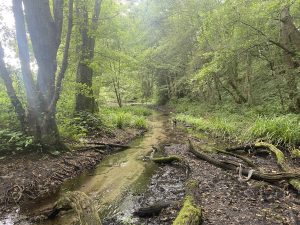
River habitat restoration:
Through examining the river our experts will create a picture of how and where the waterway supports bio-diversity and how it can be improved.
The river has been highly industrialised with mills and weirs leaving it over-straightened and uniform. This project will examine how the river could be made to function more naturally, with varied flows and speeds, freer of sediment to support a wider range of species.
Nature-based solutions and natural flood management:
We will assess the river and devise a list of priority areas where natural flood management techniques could be applied. We have already worked with landowners on the River Medway to install nature-based solutions to slow the flow of water, reduce flash flooding and build areas of temporary water storage.
The nature-based solutions we delivered as part of our PROWATER project, such as holding water back in the landscape, has not only produced temporary flourishing areas for nature but it has also allowed rainwater to drain more slowly into rivers.
This in turn means there is more water in summer when water companies are extracting supplies from rivers, for human use. Nature-based solutions on the Darent will help to recharge the chalk aquifers which produce clear water ideal for trout, salmon and an abundance of aquatic life.
